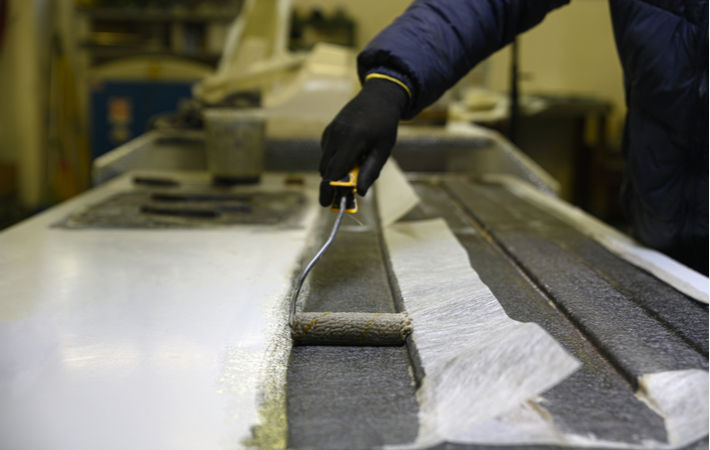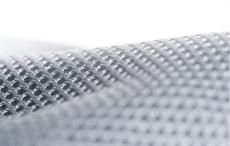
The first event, Opportunities for the Composites Industry within the EU Strategies on Offshore Renewable Energy and Hydrogen, took place on September 29.
“The Green Deal will have a big impact on industry in the coming 30 years and for the composites industry there are big opportunities, but also big challenges, particularly around the circularity of materials,” explains Ben Drogt, EuCIA’s managing director, who chaired the first workshop.
“Both the offshore renewable energy and hydrogen strategies are important because they will have direct impact on the use of composites, requiring vast increases in production capacities. We, as EuCIA, want to inform the European composites industry about these opportunities, stimulate discussion around the challenges, and identify sources of research and innovation support available from the European Commission,” he was quoted as saying in an EuCIA press release.
Achieving a reduction in net greenhouse gas (GHG) emissions of at least 55 per cent by 2030 compared to 1990 levels is a crucial milestone for the European Green Deal.
The strategy calls for 60 GW of offshore wind capacity in Europe by 2030, rising to 300 GW in 2050. Current capacity is approximately 12 GW. There are also ambitious growth targets for ocean energyand the European Commission is offering potential for new markets to develop around emerging technologies like floating wind, direct current technologies, floating photovoltaic and algal biofuels.
The Commission estimates that to achieve its offshore energy goals an investment of €800 billion is required, most of which is expected to come from the private sector, while the EU will provide ‘catalytic’ funds.
In addition to promoting development of renewable energy sources and increasing capacity of different renewable energy sources, the strategy aims to support research and innovation in offshore renewable energy and strengthen Europe’s technological leadership and industrial capacity.
The Commission’s goals present huge opportunities for the composites industry in Europe, the first workshop was told. EU production of composite materials is estimated to be around 1000 kilo tonnes (kt) currently.
The Commission has calculated that to achieve 300 GW of offshore wind capacity in 2050, about 4000 kt of composite materials will be required for the turbine blades, nacelles and other components (assuming the same technology and materials as in 2021).
This would mean, on average, a yearly additional composites production of approximately 130 kt, equating to 13 per cent annual market growth. This assumes that all the composite materials for offshore installations are produced in Europe, which is not the case today.
The second part of workshop addressed the Commission’s hydrogen strategy. This prioritises the deployment of renewable hydrogen and focuses on two lead markets: Industrial applications—replace fossil energy and fossil-based hydrogen, with a focus on chemical feedstock—and mobility—hydrogen as direct fuel in heavy-duty road vehicles, trains, buses and other commercial fleets, and hydrogen in fuel cells for electrical mobility.
Fibre2Fashion News Desk (DS)

